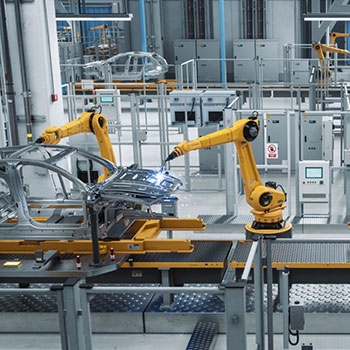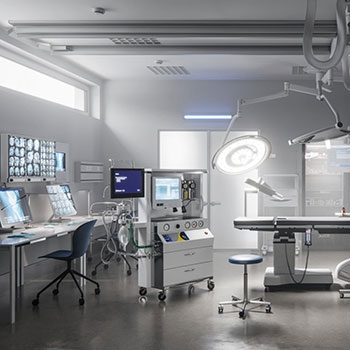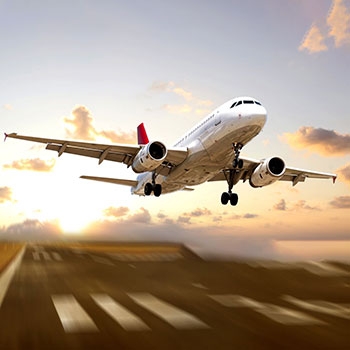Angle Sensor
Magnetic Angle Sensor, 0°~360°, 4-20mA/RS485/0~5V
Magnetic Angle Sensor, PWM Output, 0°~360°
Mirco Contactless Angle Sensor, 4-20mA/0~5V
Magnetic Rotary Angle Sensor, RS422/RS485, 0~360°
Rotation Angle Sensor, 0~5V/0~10V, 0~60°/0~180°
Hall Effect Angle Sensor, 0-20mA/4-20mA, 0~90°/0~270°
Non Contact Angle Sensor, CAN/TTL, 0~30°/0~360°
Angle sensors are a type of precision sensor product specifically designed to detect rotational angles and displacement changes. They are widely used in industries such as automotive, robotics control, aerospace, medical equipment, and industrial automation. These sensors utilize the hall effect, magnetoresistance effect, or optical principles to achieve high-precision conversion of angle signals, outputting digital or analog signals for system control and analysis.
Depending on specific requirements, users can select measurement ranges of 0° to 30°, 0° to 180°, or 0° to 360°, with a resolution as high as 0.01°, ensuring sensitive and stable angle detection. Many high-performance models feature fast response times (600μS/200μS) and wide voltage input (DC 9–36V), while supporting multiple signal interfaces such as RS232, RS485, CAN, 4–20mA, and 0–10V, ensuring excellent compatibility and expandability.
At Such, a Good Sensor Online Store, we offer customers a wide range of angle sensors, from basic to industrial-grade products, all made with high-quality materials and featuring IP66 protection rating and high vibration resistance (>20,000g), ensuring reliable operation even in harsh environments. Whether for engineering R&D or mass production applications, SUCH can provide you with professional solutions and customized support.
Applications of Angle Sensors
In the aerospace field, angle sensors are widely used in aircraft, missiles, and satellites. They can measure the pitch angle, roll angle, and yaw angle of aircraft, providing data required by flight control systems. By continuously monitoring the angle of aircraft in real time, they ensure the safety of flight operations.
In the aviation field, angle sensors are used in aircraft, missiles, and satellites. They can measure the pitch angle, roll angle, and yaw angle of aircraft, providing data required by flight control systems. By continuously monitoring the angle of aircraft in real time, they ensure the safety of flight operations.
In the aerospace field, angle sensors are widely used in aircraft, missiles, and satellites. They can measure the pitch angle, roll angle, and yaw angle of the aircraft, providing the data required by the flight control system. By continuously monitoring the angle changes of the aircraft, angle sensors can help pilots or automatic control systems maintain the aircraft's stable state, thereby ensuring flight safety.
In the robotics field, angle sensors are widely used in joint control and posture sensing of robots. By installing angle sensors on robot joints, real-time measurement of joint angle changes can be achieved to control the robot's movement. Additionally, angle sensors can be used to perceive the robot's posture, helping it determine its tilt angle and direction, thereby enabling more precise motion control and posture adjustment.
In the field of industrial automation, angle sensors are widely used in equipment such as robotic arms, assembly lines, and industrial robots. By installing angle sensors at key positions, the movement status and position information of the equipment can be monitored in real time. This data can be used to control the movement trajectory and posture of the equipment, achieving precise automated operations. Additionally, angle sensors can detect equipment faults and abnormal states, providing timely alarms and maintenance prompts to enhance the efficiency and safety of industrial production.
In the medical equipment field, angle sensors are widely used in surgical robots, imaging equipment, and rehabilitation devices. By installing angle sensors on the joints or moving parts of the equipment, the movement trajectory and posture of the equipment can be monitored in real time, enabling precise operations and treatments. For example, angle sensors in surgical robots can help doctors precisely control the robot's movements to perform minimally invasive surgeries; angle sensors in rehabilitation equipment can monitor the range of motion of patients' joints in real time, assisting rehabilitation therapists in designing and adjusting rehabilitation plans.
In the automotive industry, angle sensors are widely used in vehicle dynamic stability control systems (ESP) and autonomous driving systems. Angle sensors can measure a vehicle's roll angle, pitch angle, and yaw angle, providing real-time dynamic stability control data to the vehicle control system. Additionally, in autonomous driving systems, angle sensors can detect a vehicle's posture and direction, providing critical data support for autonomous driving algorithms to achieve precise autonomous driving operations.

Robotics Field

Industrial Automation Field

Medical Equipment Field

Aerospace Field
As a key component in intelligent measurement and control systems, angle sensors are gaining broader application with the development of industrial automation and smart manufacturing. Whether in real-time monitoring of complex machinery or precise control of high-end equipment, selecting a high-performance, highly reliable angle sensor is a critical safeguard for ensuring system stability and efficiency improvements.
SUCH.com, with its professional industry experience, specializes in sensor research and development and application, offering a diverse range of angle sensor products and customized services. Through strict quality control and comprehensive technical support, we are committed to providing customers with reliable sensor solutions. If you are seeking high-performance, long-lasting angle sensors, SUCH will be your trusted partner.



























